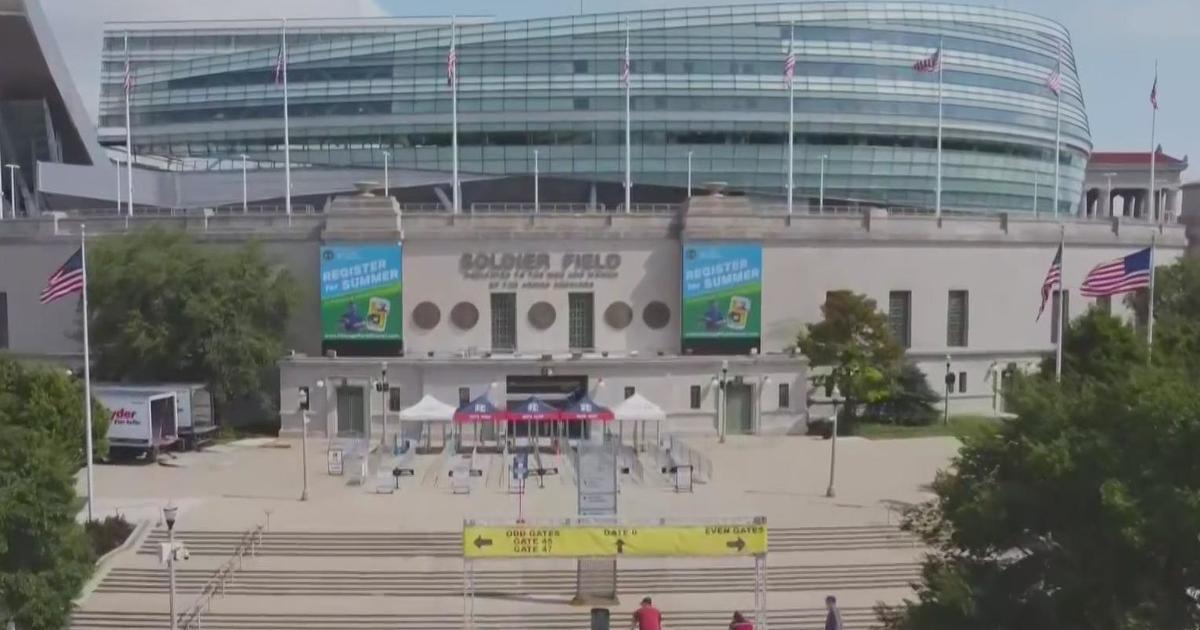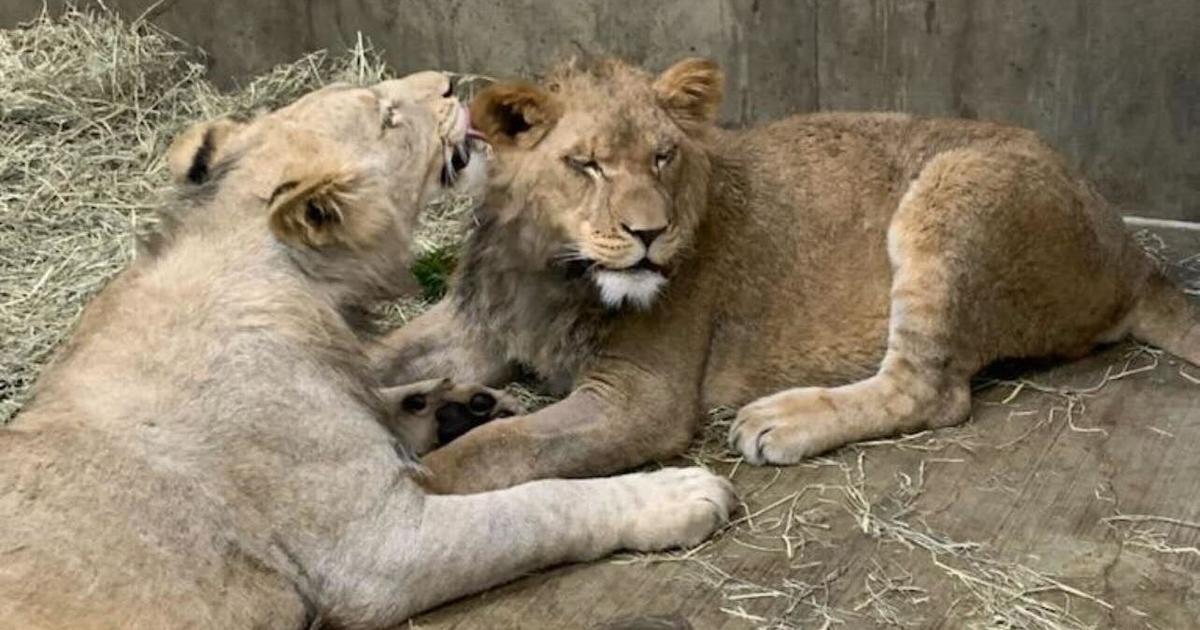CBS 2 Extreme Weather Special
CHICAGO (CBS) -- 2017 in Chicago has already been a year of weather extremes: Powerful tornadoes tearing through nearby towns, rare winter hail storms, and temperature swings smashing records.
CBS 2's meteorologists look at what all of this means for the seasons ahead.
In order to do so, it's important to first revisit what can only be described as a weird winter and spring.
On February 28th, seven tornadoes swept through northern Illinois, with the biggest landing in Naplate. The tornado was an EF-3 with 155 mph winds, Steve Bakerville reports. Enough, Steve says, to damage homes and businesses. And at the epicenter of all the destruction was Pilkington Glass Factory, where more than 800 sq. ft. was heavily damaged.
Shockingly, and fortunately, no one was injured despite the dozens of people on the premises at the time the tornado hit.
"It was like a jet crashing," said Lyle Baldwin, a Pilkington employee. "We could hear it, we could feel it. The pressure -- your ears popped."
Chicago weather can also be extreme at times, Steve says, and it's known for changing on a dime. "But nothing can top what's happened since 2017 has arrived."
Chicago only had six-tenths of an inch of snow in January, making it the sixth least snowy January recorded. And remember all those mild days in February? Chicago broke seven daily warm weather records.
Does that make you wonder what this summer has in store?
With these recent weather outbreaks, more people are becoming interested in furthering their knowledge of weather. And some are even taking courses to become storm spotters.
"We still need spotters despite all the advances in radar technology and satellite technology and computer power," said Mike Bardou, a member of the National Weather Service's Chicago Forecast Office. "We need that ground truth -- that confirmation."
Bardou has trained thousands of volunteers to become storm spotters. Some of his classes are taught at the Aurora Police Station and can be filled with almost 80 people. He said it takes a lot of anticipation and planning to obtain the information ahead of time.
50 years ago, three powerful EF-4 tornadoes took 58 lives in northern Illinois. People only had a 15-minute warning.
33 people died in Oak Lawn alone.
"I would almost ask why so few?" said Walker Ashley, a Northern Illinois University Meteorology Professor.
Many believed this type of weather outbreak could never happen in Oak Lawn, with it being so close in proximity to downtown and the lake.
A large tornado can happen anywhere, according to Ed Curran.
"It is only a matter of time before we see another Oak Lawn, and we transpose that potentially 20 miles or 30 miles to the northeast and it run through the heart of Chicago," Ashley said.



